My Narration of the Global Coffee Journey: From Kaldi’s Discovery to Modern-Day Culture
Dive into the rich history of coffee, tracing its path from ancient Ethiopian legends to its global cultural significance today.
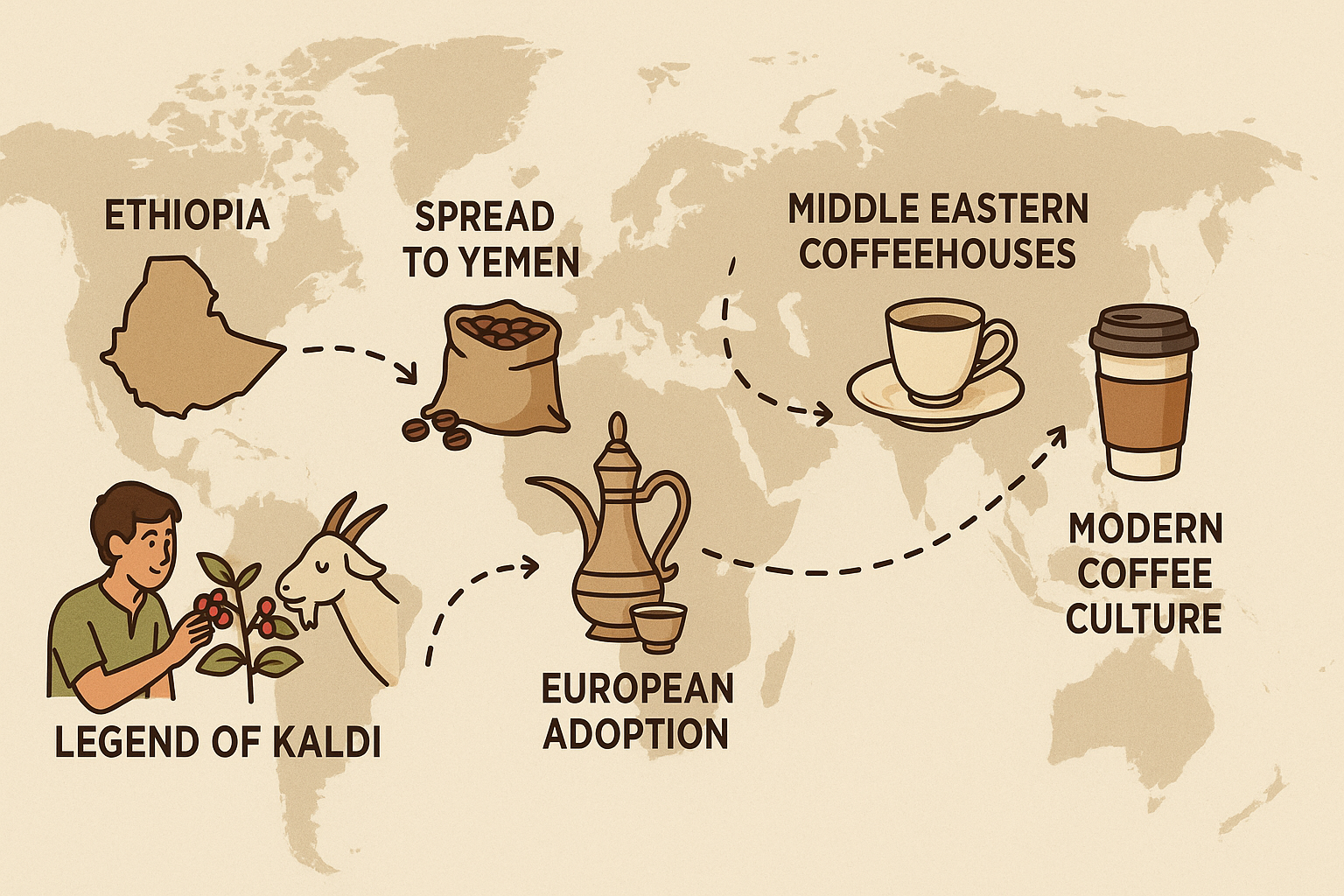
A Personal Journey Through Fascinating Coffee Journey
Coffee isn’t just a drink to me—it’s an experience. Whether it’s the first sip that kick-starts my morning or a quiet moment shared with a friend over a cup, coffee has been woven into the rhythm of my life. Ever wondered how this simple bean came to be such a global phenomenon? Let’s take a journey through the rich history of coffee, one story and one cup at a time.
The Tale of Kaldi: Where Coffee’s Story Begins
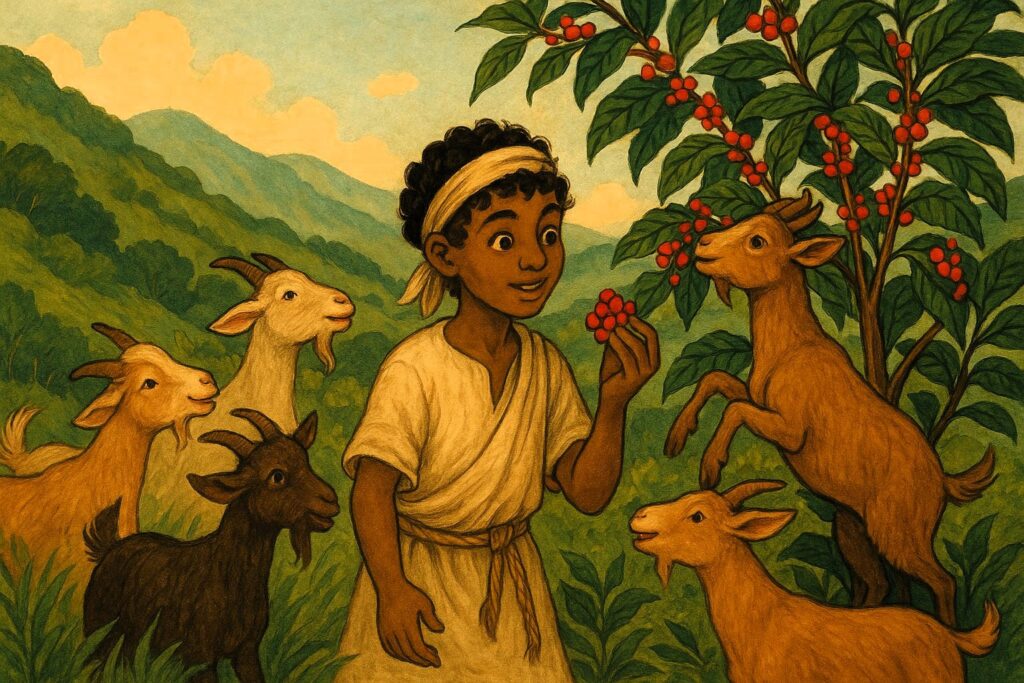
Our journey starts in the lush hills of ancient Ethiopia. There’s an old legend about a goat herder named Kaldi who noticed his goats behaving oddly energetic after munching on some bright red berries. Curious, Kaldi tried them too and felt a sudden burst of energy. He shared his discovery with local monks, who found the berries helped them stay awake through long nights of prayer. And just like that, coffee’s legacy began to take root.
Crossing the Sea: Coffee Finds a Home in Yemen
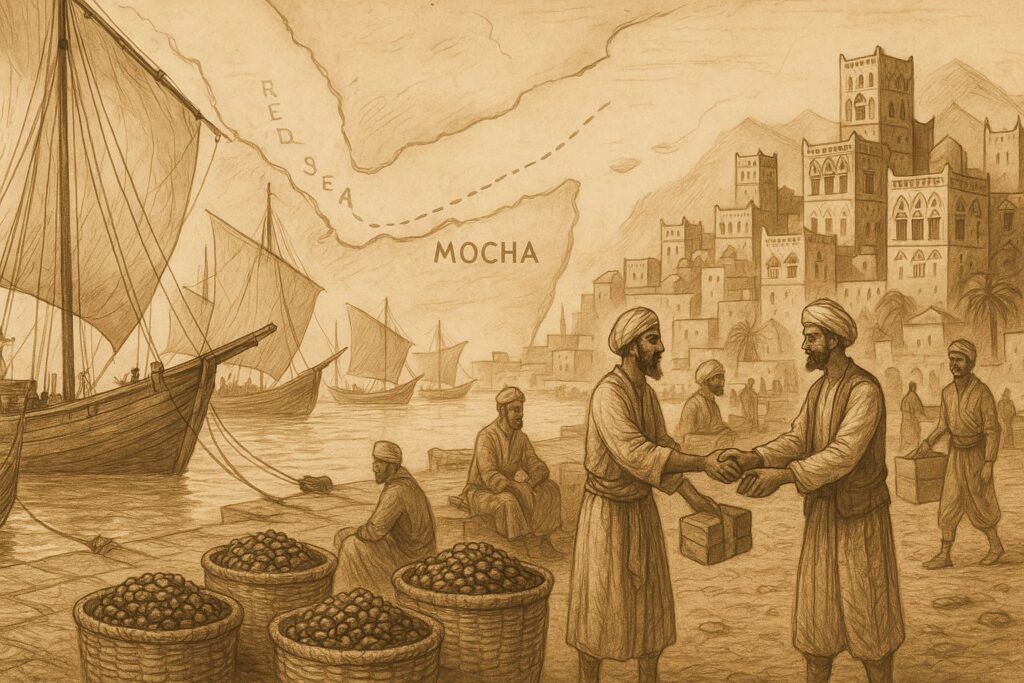
By the 1400s, coffee had crossed the Red Sea and taken hold in Yemen. There, it wasn’t just a drink—it became a spiritual tool. Sufi monks used coffee to maintain focus during their meditations and night-time devotions. The Yemeni port city of Mocha became a hub for the coffee trade, giving us the name we still associate with chocolatey coffee blends today.
Coffeehouses Emerge: The Original Social Network
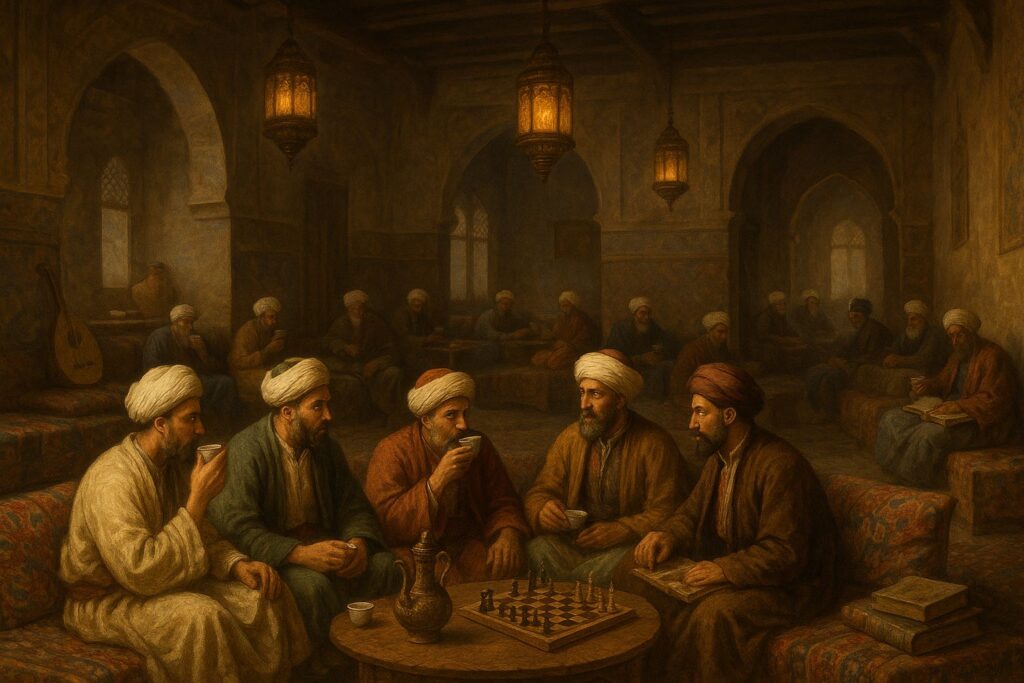
As the love for coffee spread, so did the places where people gathered to enjoy it. The first coffeehouses—called qahveh khaneh—opened in the Middle East during the 16th century. These spots became much more than cafés; they were lively venues where people came together to talk politics, enjoy music, play games, and share ideas. In many ways, they were the original social media platforms—minus the Wi-Fi.
Europe Embraces the Brew: From Suspicion to Sophistication
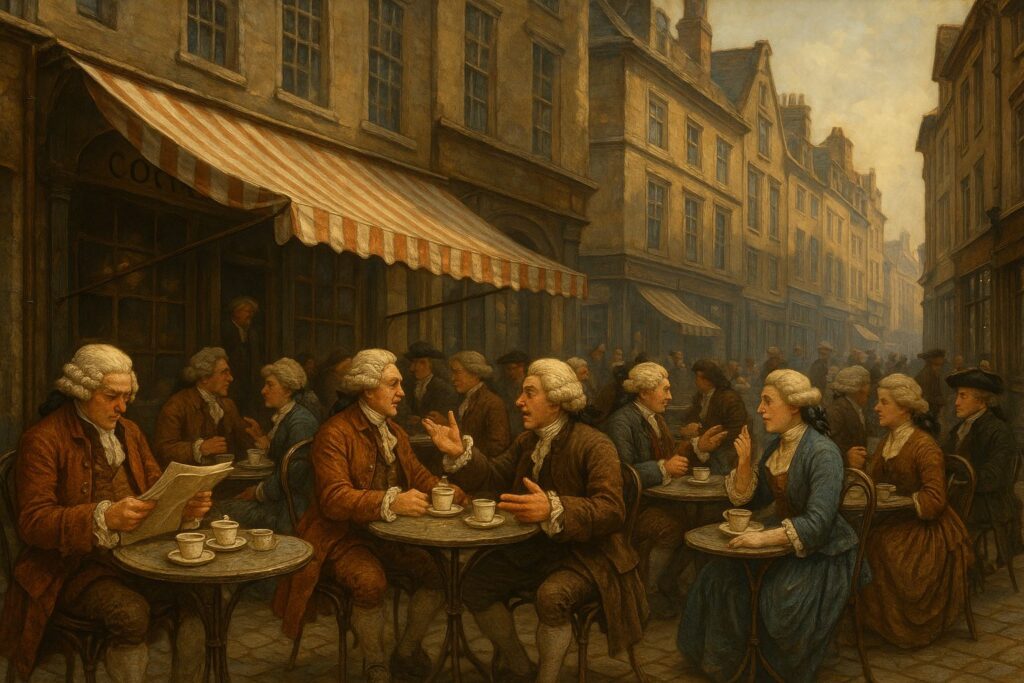
Coffee made its European debut in the 17th century and wasn’t exactly welcomed with open arms. Some even called it “the bitter invention of Satan.” But its energizing effects and the lively environments of European coffeehouses quickly won people over. In England, they were nicknamed “penny universities” because for the price of a coffee, you could take part in rich conversations about everything from philosophy to politics. Countries like France and Italy soon developed their own unique coffee traditions, incorporating the drink into daily life.
Spreading Roots: The Global Coffee Boom
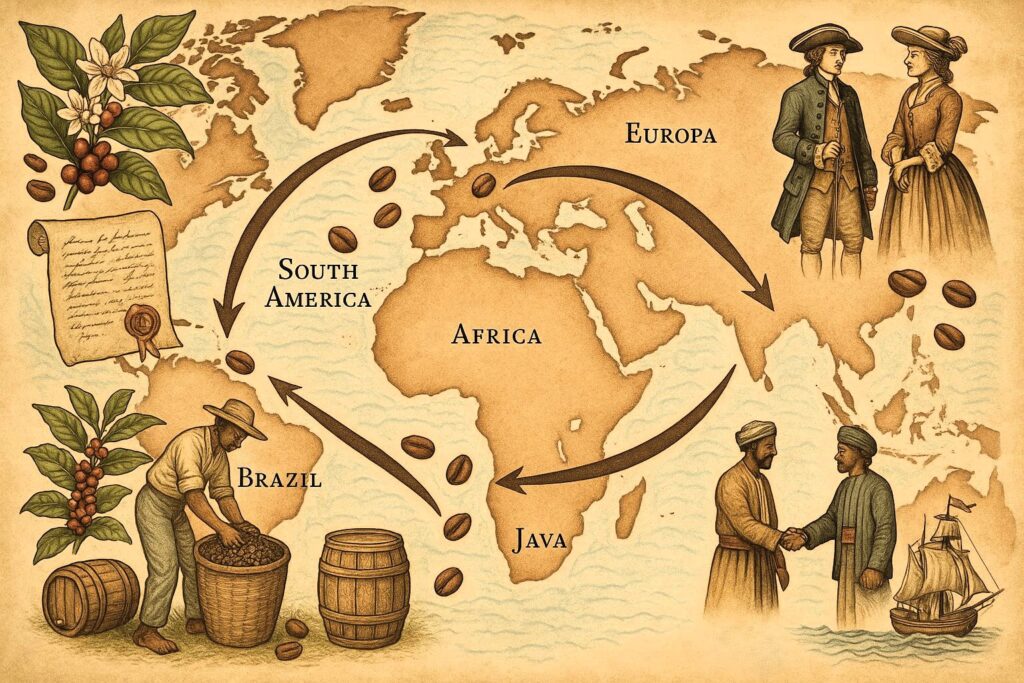
As European empires expanded, so did coffee cultivation. The Dutch took it to Java, the French introduced it to the Caribbean, and the Portuguese brought it to Brazil—today’s largest coffee producer. What began as a regional tradition had become a worldwide economic force. Coffee wasn’t just being drunk—it was being grown, traded, and depended on by entire economies.
Modern Coffee Culture: Craft, Community, and Consciousness

Fast forward to today, and coffee culture is more vibrant than ever. We’ve seen the rise of specialty brews, third-wave coffee shops, and a growing emphasis on sustainable and ethically sourced beans. Whether you’re brewing a pour-over at home or grabbing a latte from your neighborhood café, coffee continues to adapt to our lives and values. It’s more than just a caffeine fix—it’s a lifestyle, a ritual, and for many, a form of art.
Final Sip: A Tribute to Coffee’s Remarkable Journey
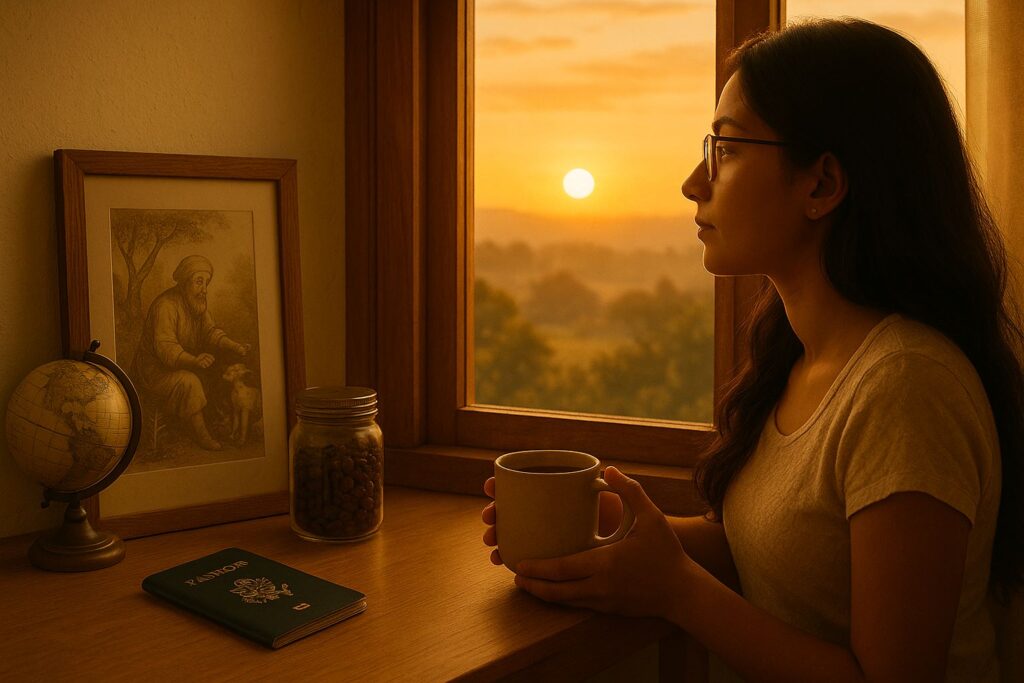
From ancient Ethiopia to the hip cafés of today, coffee’s journey is one of transformation, resilience, and community. Every time we enjoy a cup, we’re not just tasting roasted beans—we’re taking part in a rich story that spans centuries and continents. And that, to me, is something worth savoring.

Pingback: From Slump to Spark: My Coffee Power Nap Reset in 3 Sips - Jannes Punita